In Memory of Christoph Kohl (1961–2025) / Author: Bart Urban
On April 10, 2025, architect and urban planner Christoph Kohl passed away in Berlin. He was 64. His sudden death leaves a profound void — not only among friends and colleagues, but also in the field of humane and enduring urbanism.
As the INTBAU Germany team, we mourn the loss of a man who was not only one of our own, but also a tireless advocate for cities built for people — not for egos or investors.

A Life Committed to the City
Born in Bozen (South Tyrol, IT) in 1961, Christoph Kohl studied architecture in Innsbruck, Vienna, and Venice. Early in his career, he joined forces with his father-in-law and mentor, Rob Krier (1938 – 2023), one of Europe’s foremost traditional urbanists. Their partnership led to the foundation of the Krier Kohl office in Berlin in 1993. Kohl later established his own practice, CKSA | Christoph Kohl Stadtplaner Architekten.
From the beginning, Kohl’s work was defined by a clear sense of purpose: to make cities more livable, social, and meaningful for the people inhabiting them. “The focus,” Kohl once said, “must be on the human being — the user of what architects and urban planners create.”
Building Places People Love
Kohl’s projects exemplify a deep respect for history, context, and beauty. Among his most iconic works is the new urban district of Kirchsteigfeld in Potsdam, designed with Krier in the early 1990s. One of the first major urban developments in reunited Germany, it remains a model for gently dense, walkable neighborhoods.
In the Netherlands, Kohl and Krier led the design of Brandevoort — a new town built around classical urbanist principles and utilising the local Brabant architecture. With its intricate streetscape, canal-side houses, and pleasant town atmosphere, Brandevoort became a reference for New Urbanism in Europe and a precursor to many more projects. It earned the Krier-Kohl team the INTBAU Excellence Award for Urban Design in 2015. Professor Robert Adam, who presented the award at the first INTBAU World Congress in London, described Brandevoort as “a demonstration of how traditional urbanism can still meet the needs of modern life.”
Not only full-size new quarters, but also the urban integration of well-balanced single buildings and smaller ensembles is a specialty of the architecture office CKSA that Christoph Kohl established. In 2019, they finished the Burgplatz Passage in Leipzig. Six life-sized statues on its facade commemorate the 500th anniversary of the Leipzig Disputation, by depicting key figures from the pivotal 1519 theological debate that marked Martin Luther’s break with the Catholic Church, including Luther, Johannes Eck, Georg of Saxony, Petrus Mosellanus, Johann Langius Lembergius, and John Calvin (as a symbol of the wider impact of the Reformation).
In Berlin, one of Kohl’s most recent and ambitious undertakings became GoWest, the redevelopment of the former Reemtsma cigarette factory into a vibrant mixed-use quarter — what Kohl called “a productive city” integrating commerce, manufacturing, offices, urban agriculture and research. With Nöfer architects, CKSA also planned the ambitious 27 acre urban project of Pankower Tor in Berlin for about 2,000 apartments.
The office also did not shy away from bold visions, as shown in their entry to the Berlin-Brandenburg 2070 Ideas Competition. The competition was hosted in 2020 by the AIV (Architekten- und Ingenieurverein), an architects’ and engineers’ association founded in 1824 in Berlin, which builds on the traditions of figures such as Karl Friedrich Schinkel, Friedrich August Stüler, James Hobrecht, and the Bauakademie. Christoph Kohl joined a number of events of the AIV throughout his career.
A Teacher, Leader, and Thinker
Kohl also shaped minds as a visiting professor at Hochschule Anhalt and the Vietnamese-German University, where he taught urban design rooted in timeless principles. In 2006, he became Chairman of INTBAU Germany and remained for several years, promoting traditional and sustainable building practices across the country and beyond.
His former employee Cailin Nikel-Zueger recalls:
“Christoph was a true pioneer and a great instigator for making things happen. I will greatly miss that fearless, non-ideological leadership.”
Thomas Heiser (now part of the core team at INTBAU Germany), who worked with Kohl 2006 to 2008, adds:
“He was a gentle but determined leader, who truly lived and realized his dream of better cities. Rob Krier gave the vision — Christoph Kohl made it real.”
Beyond Style: A Philosophy of Place
Christoph Kohl believed that cities are not abstract compositions but places for life. In a 2008 conversation with modernist architect Christine Edmaier, Kohl emphasized that beauty and function must coexist, arguing:
“We have an innate memory of what a house and a city should feel like. When designed consciously, urban space creates a sense of shared belonging. That’s not nostalgia — it’s human nature.”
His vision was often at odds with the dominant architectural culture in Europe, which favored novelty over continuity. Kohl faced professional pushback, even exclusion from exhibitions — but he never wavered. As he once said, “Urban planning and architecture are too important to be just a game. They shape how people live, meet, and feel.”
Faced with the common (mis)conception, that a progressive mind may not thrive in a traditional setting, he stated:
“We are best equipped to face the future when our lives are set up well in the present. Central to this is a living environment that fosters happiness. People who are the most forward-looking often surround themselves with historical forms.”
One might add: this is especially true for plenty of contemporary architects and designers. Creativity thrives when we are surrounded by legacy and beauty.
A Legacy That Will Endure
Christoph Kohl’s sudden passing is a deep loss for New Urbanism, but his work endures — in built projects, masterplans, books, and the minds of those he taught and inspired.
He gave form to places where people could feel at home, and he showed us how even new cities and urban quarters could still be beautiful, meaningful, and socially rich.
As INTBAU Germany, we will continue to build on his vision.
Rest in peace, Christoph. You built for people — and we are grateful. Danke.
Author: Bart Urban
As members of INTBAU Germany, we send our condolences to the family, colleagues and friends of Christoph:
Bart Urban
Cailin Nikel-Zueger
Robert Patzschke
Sebastian Horwitz
Thomas Heiser
Tobias Nöfer
Willo Göpel
Photo Gallery
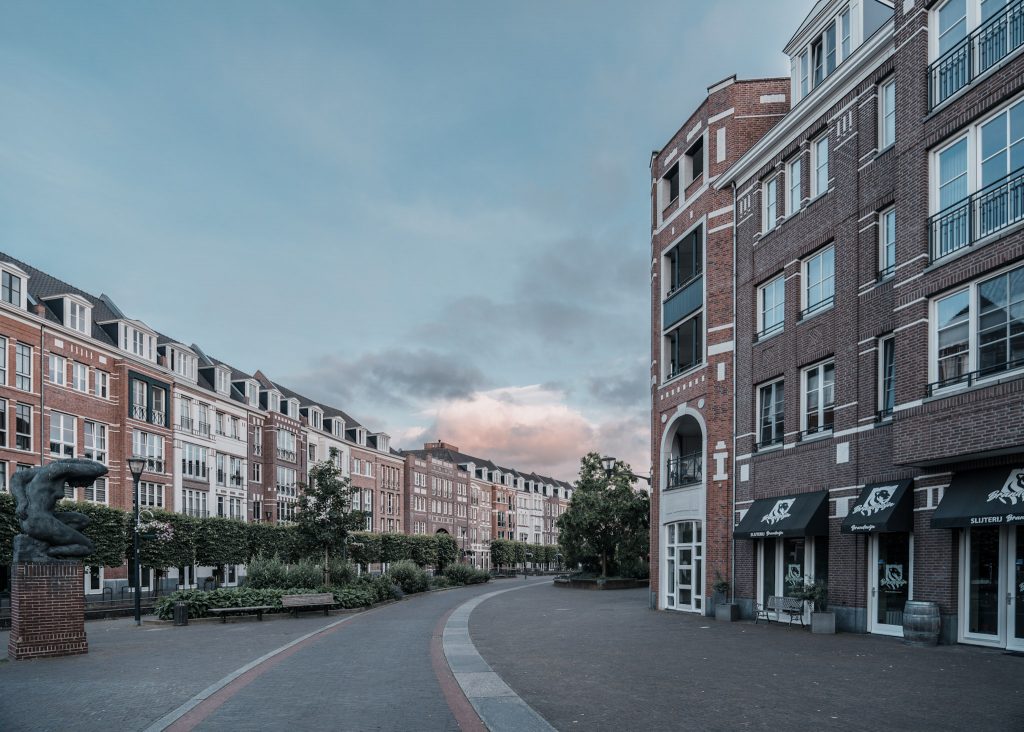
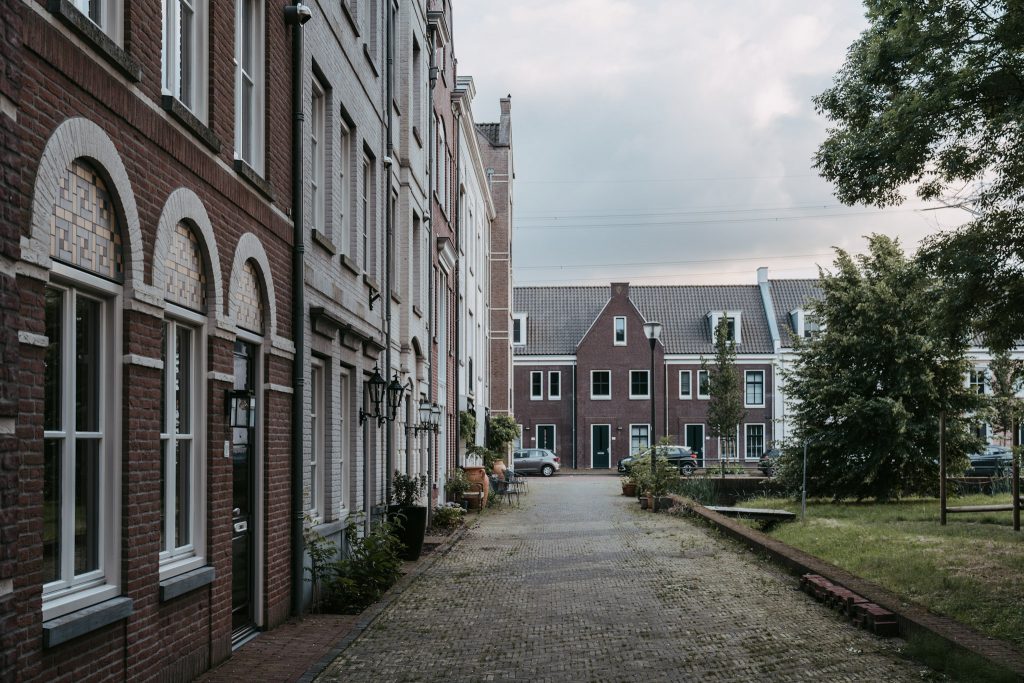
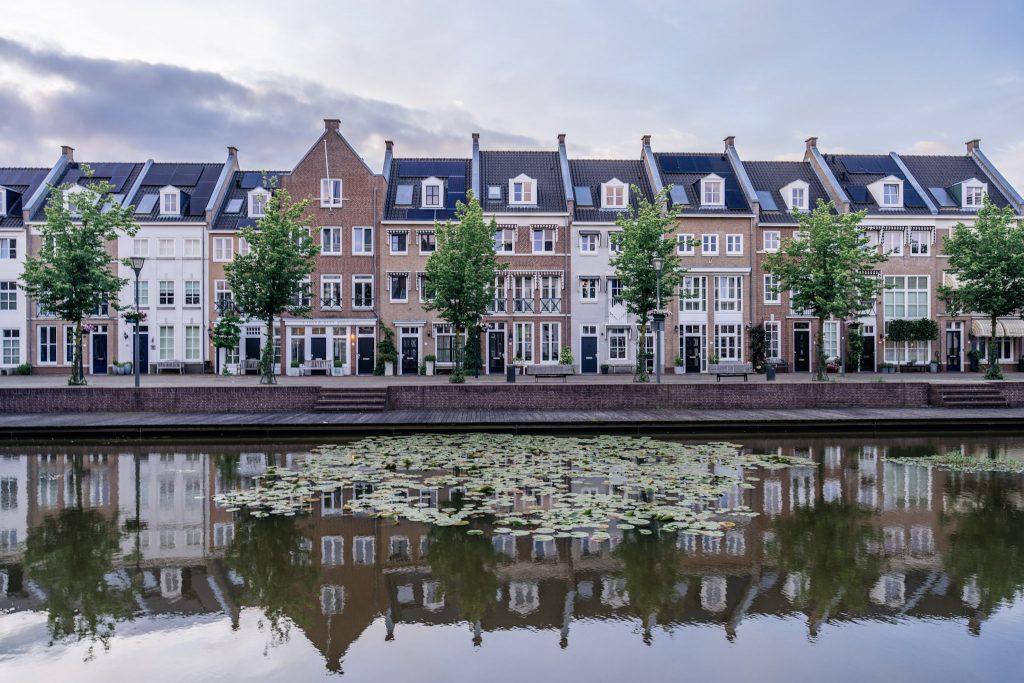
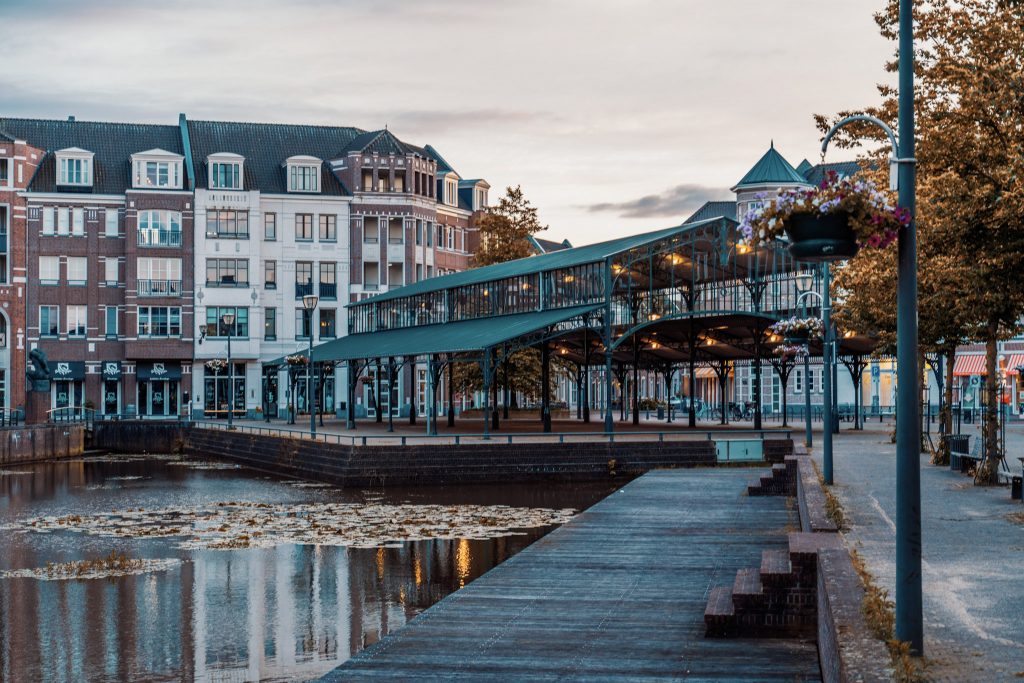
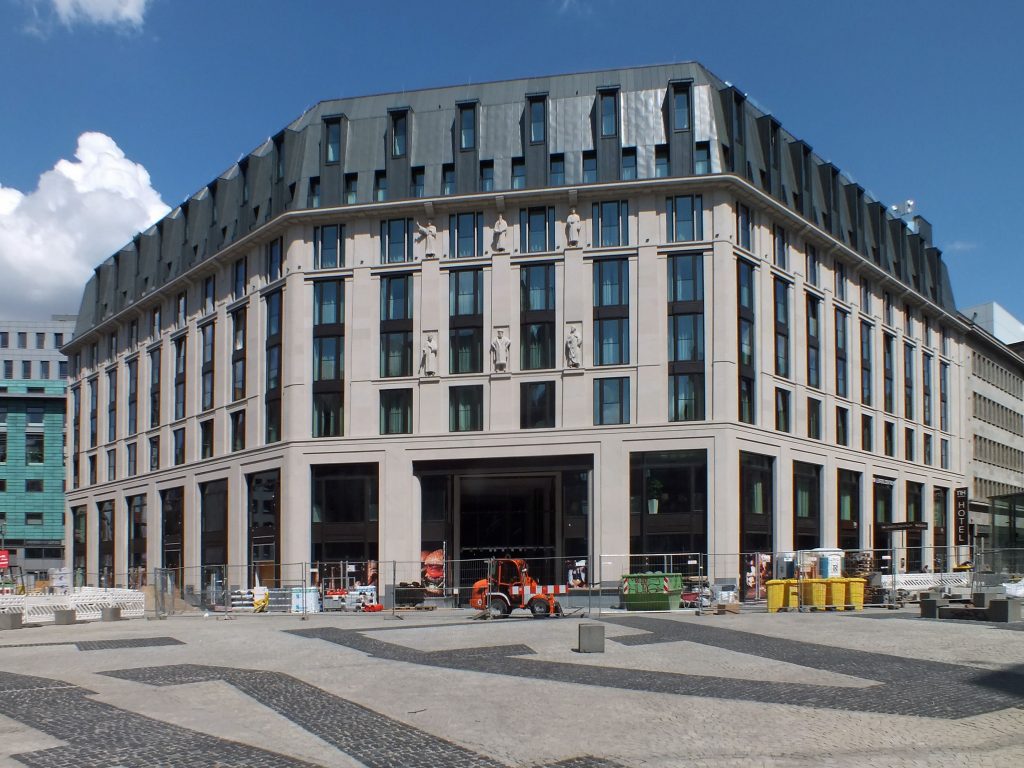
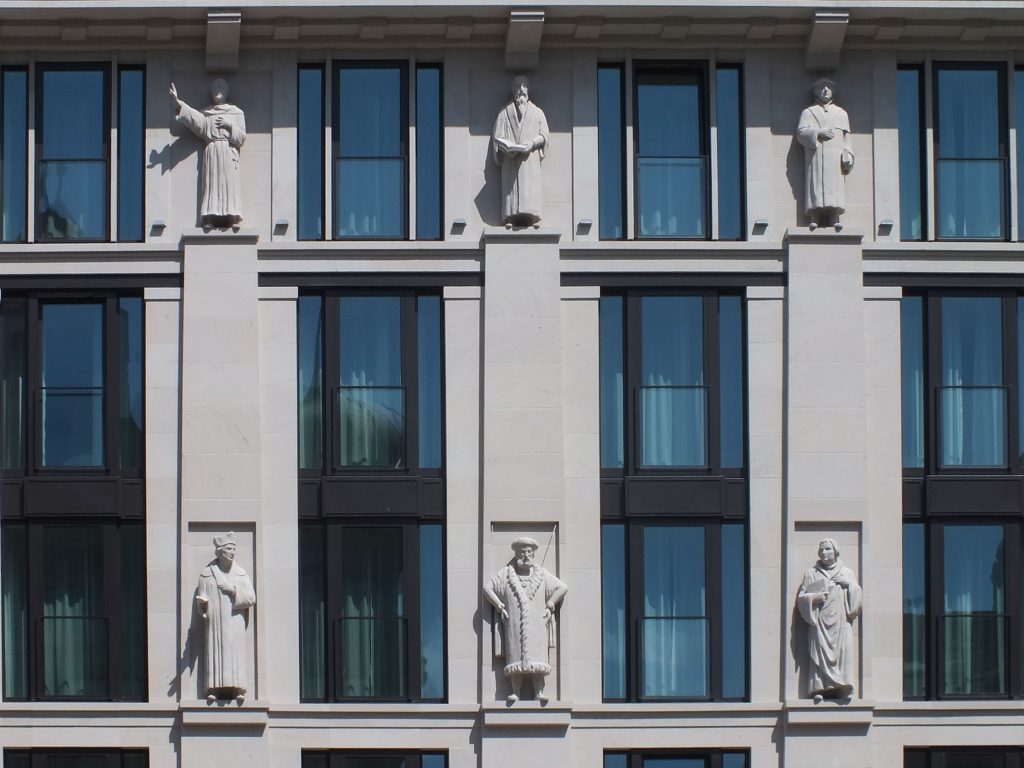
The Burgplatz Passage by CKSA in Leipzig, finished in 2019. The facade features six statues to mark the 500th anniversary of the Leipzig Disputation.
